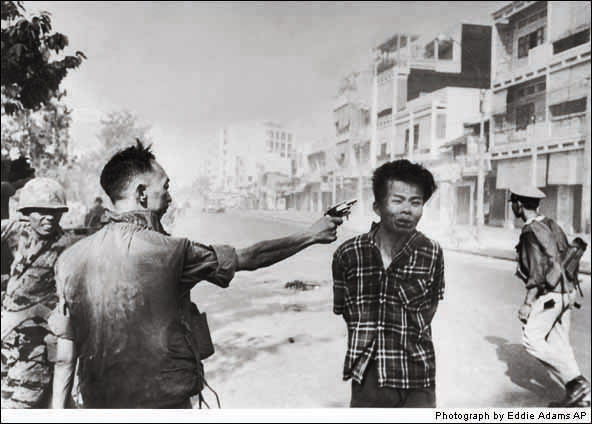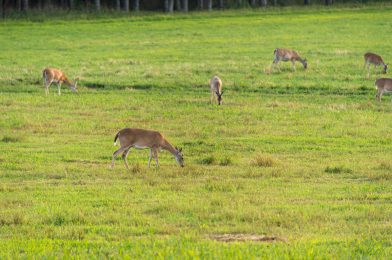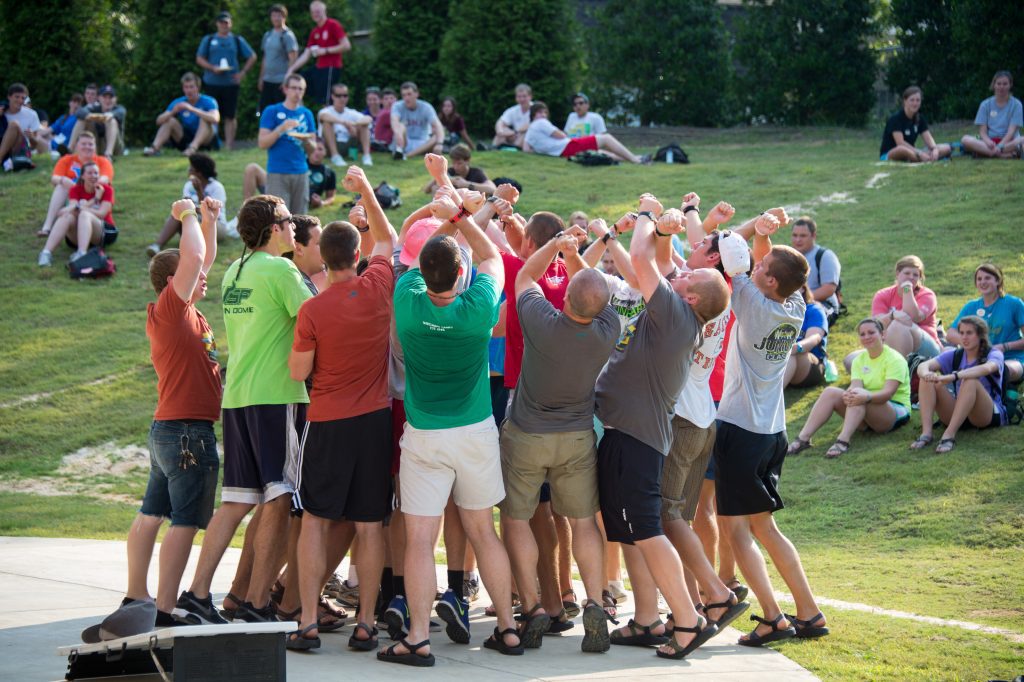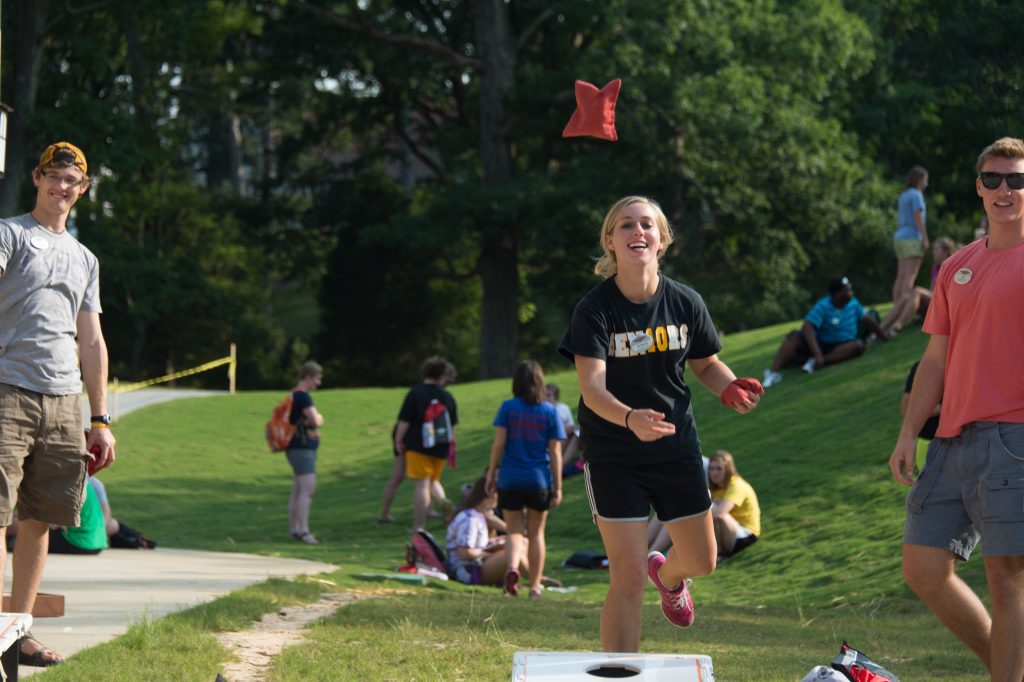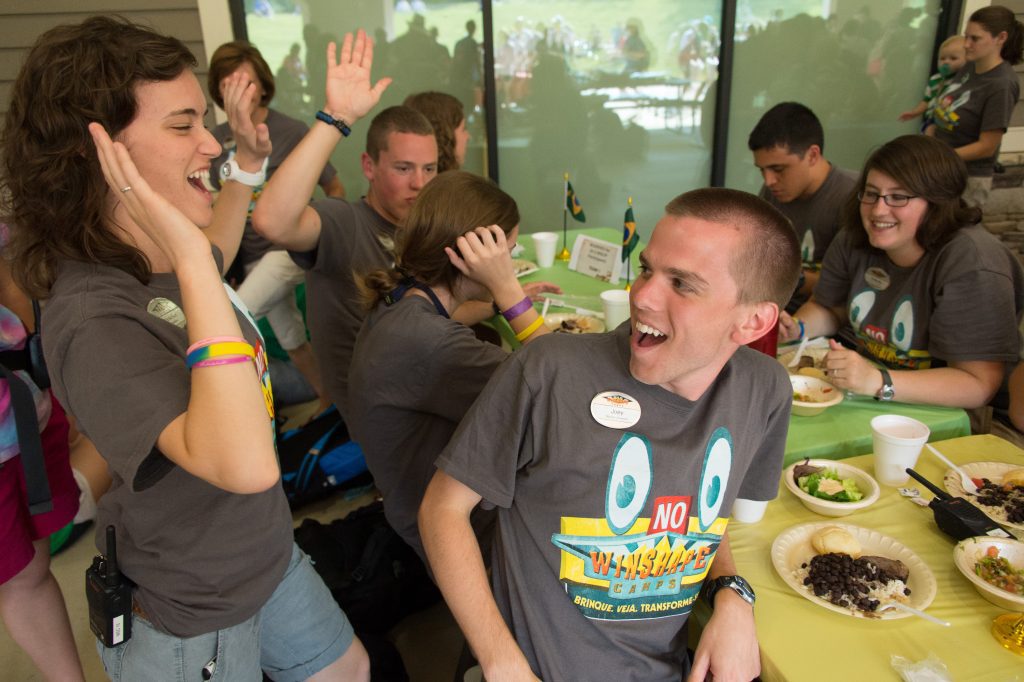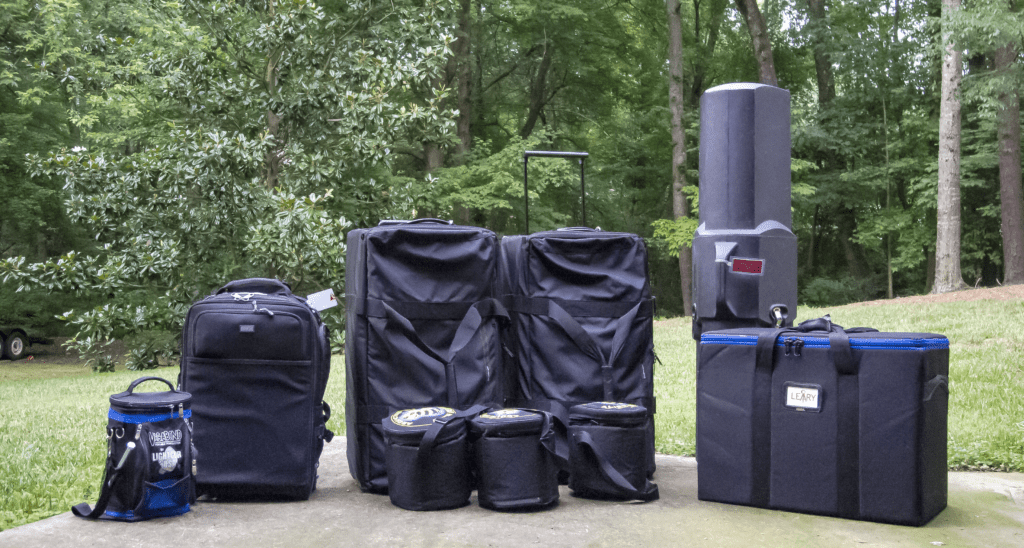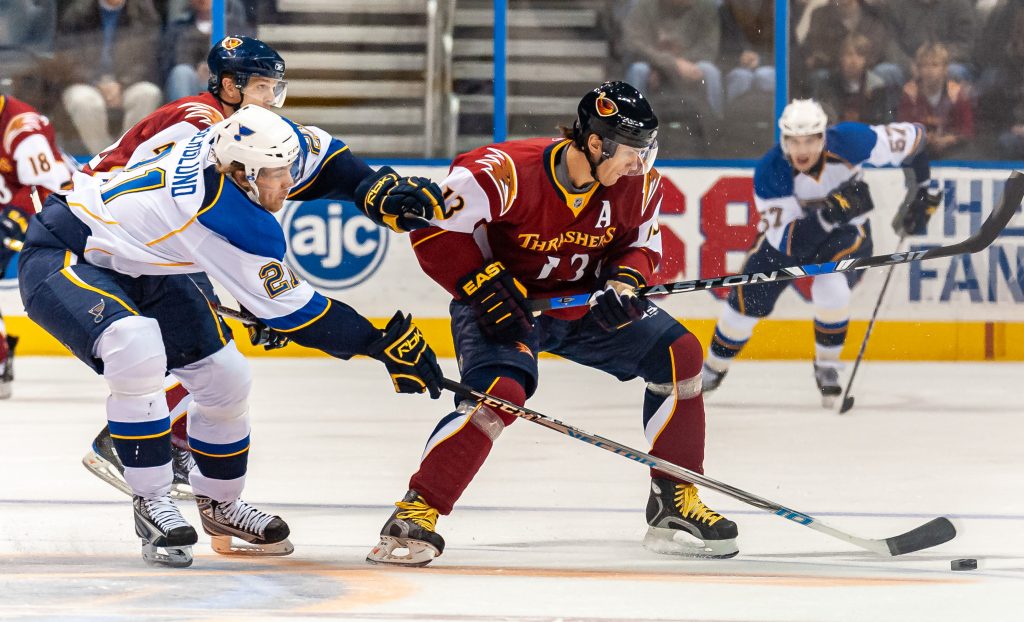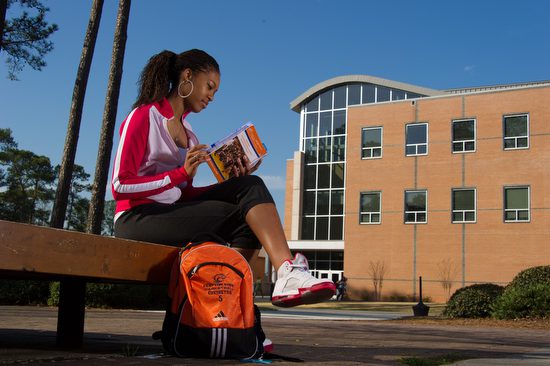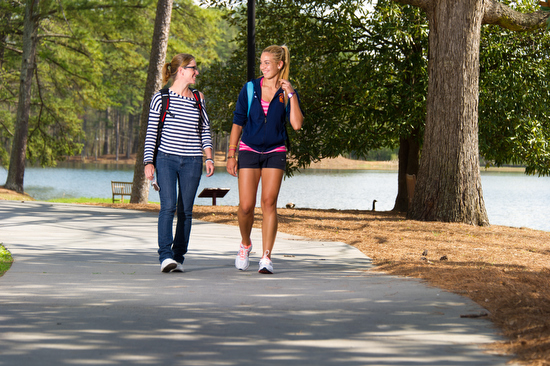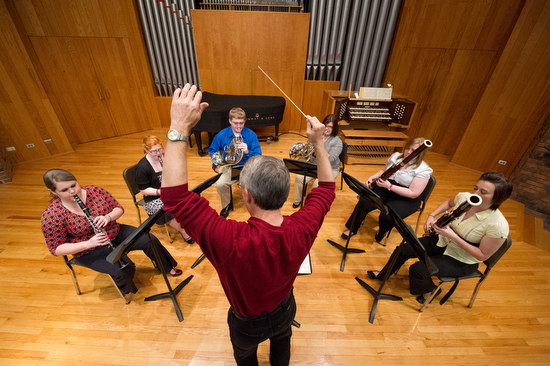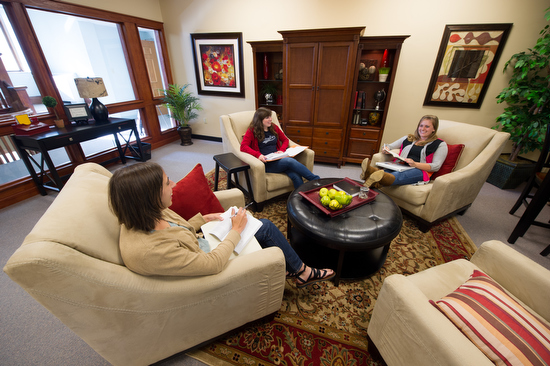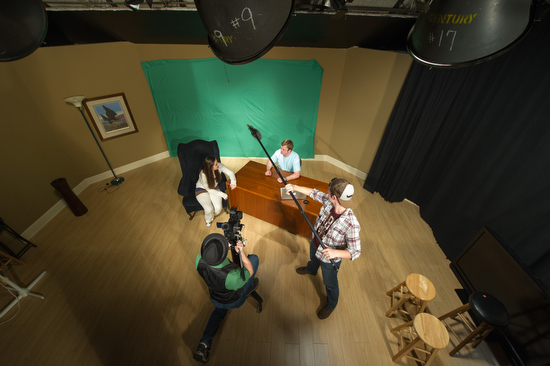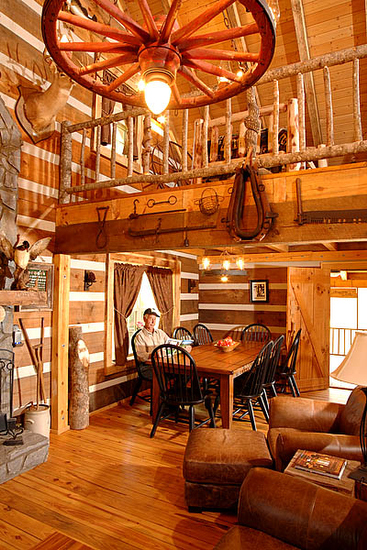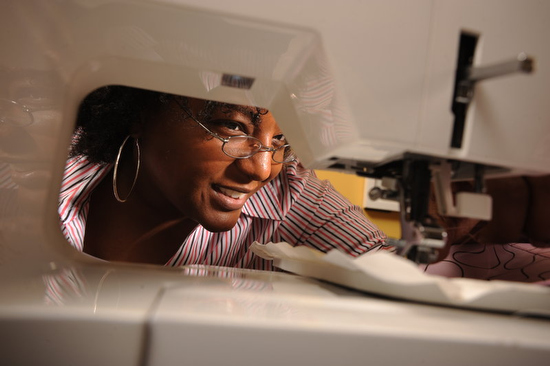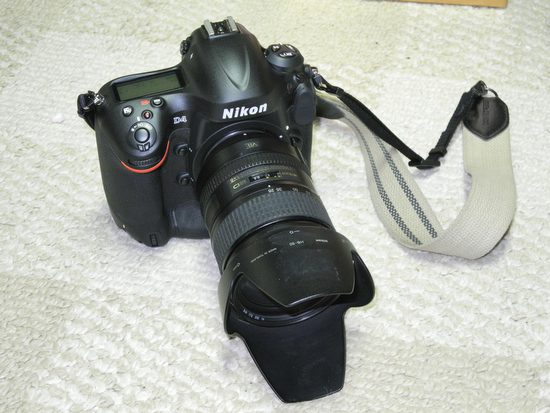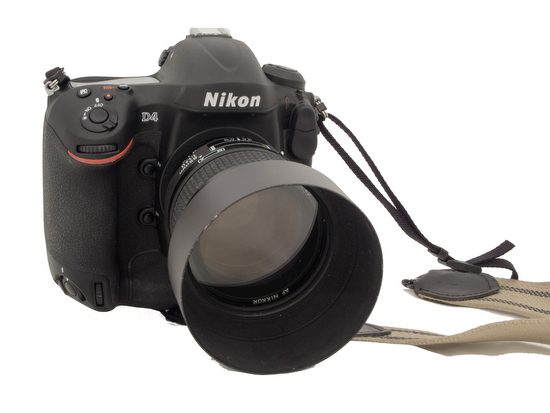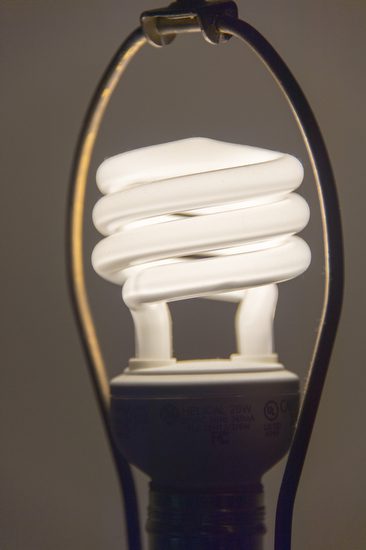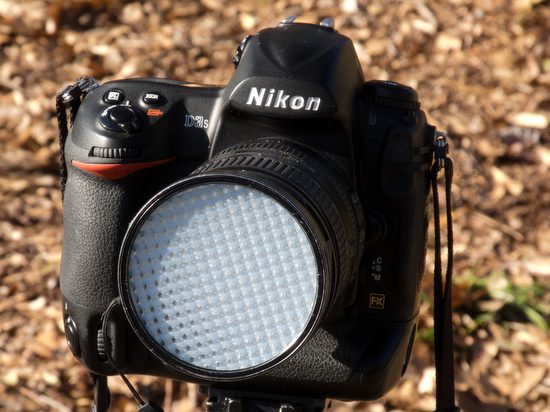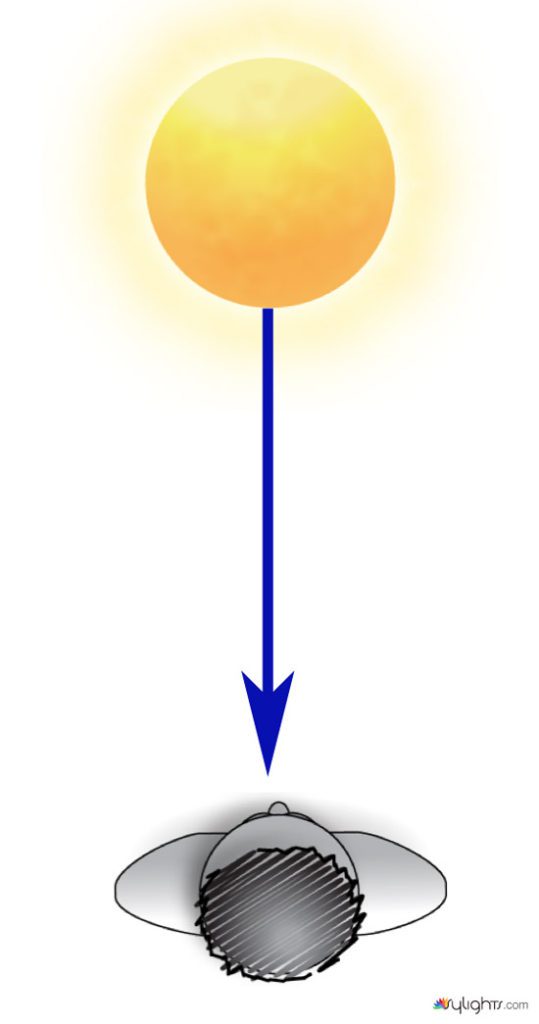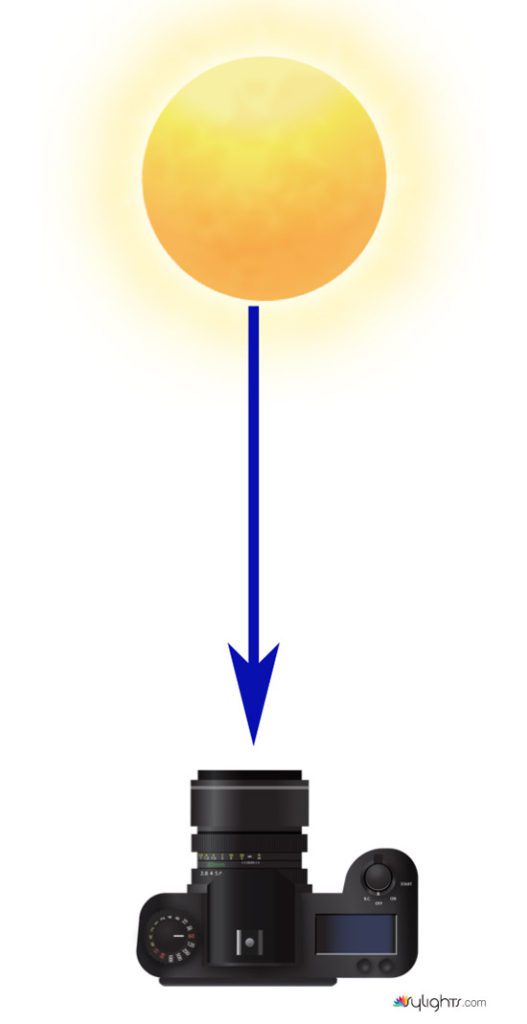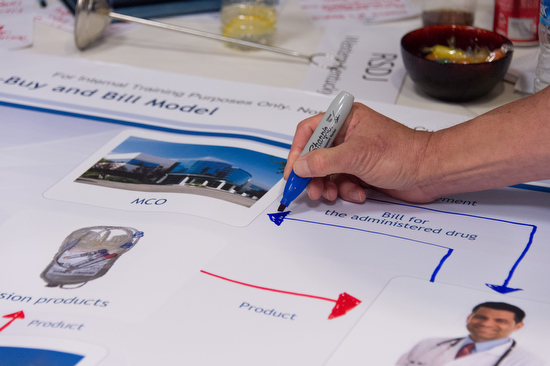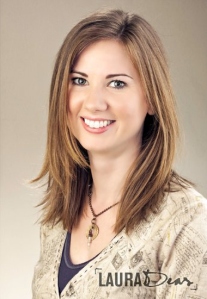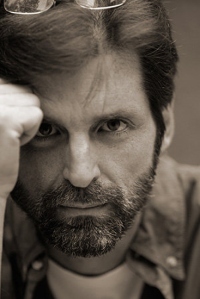 |
| In May 2002 these were in my camera bag. I had two Nikon F100 cameras and was shooting mostly with Provia 100F transparency film. |
It has been ten years since I went full-time freelance. It is time to celebrate.
As I look back over these ten years I have made some really great decisions and not so great decisions.
Good Decisions Made
Digital Capture
Going digital from film was the best decision I could have made. The timing couldn’t have been better for me.
In 2001 the Nikon Digital Camera at the time cost about $15,000. In 2002 Nikon introduced the Nikon D100 in the $1,500 price range. The timing was perfect to jump into digital. The cameras were rivaling the film of the day.
Back in 1993 I was using PhotoShop and scanning my images from film. This was very time consuming, but this helped me make the switch to digital capture enjoyable.
Even earlier in 1987 I bought my first computer and was active on CompuServe. I was enjoying bulletin boards before the World Wide Web which would take off in 1995 with Mosaic being introduced.
Laptop
As you can see I had already been using computers and digital imaging for many years before I went freelance full-time.
November 10, 2002 in Mossy Grove in eastern Tennessee a tornado hit. I was called and asked to go and cover it the next day. On November 11, 2002 I bought my first laptop computer.
While I new how to download images and transmit them, covering that Tornado was the first time I was transmitting photos from the field.
Cell phone as modem
In August 2004 I was asked to cover hurricane Charley. I would shoot images in the earlier morning at a location, jump in my car and edit those images. I then would transmit using my cell phone that was tethered to my laptop to transmit images. Since the computer just needed to run for a while, I would drive while it was in the passenger seat transmitting.
The client and newspapers all over the country were shocked that I was getting images out when telephone lines were down and power was out. I was building my reputation as the guy who was able to use technology before my competition.
 |
| Today I shoot with the Nikon D4. |
Continuous Upgrades
I have gone through a number of cameras since 2002. I shot the Nikon D100, Nikon D2x, Nikon D2Xs, Nikon D3, Nikon D3S and today I am shooting with a Nikon D4. I did these upgrades to keep me giving my clients the best possible images I could produce technically.
I have upgraded software programs like PhotoShop, PhotoMechanic, Lightroom, Microsoft Office and more regularly. Each time the improvements and performance more than paid off over time.
Switch from PC to Mac
For many years I was a PC guy. However, during these years I also helped many people with their Macs. From 1993 to 2002 I had Macs to work with and due to this knowledge I was helping organizations on the side as their IT guy.
Two years ago I had another PC laptop give me a lot of trouble. I had learned I was loosing a lot of time trying to fix this, so I bought a new PC laptop with Windows 7 and it ran on i7 processor. It was fast. Less than a few months later the laptop screen went blue.
While I had everything backed up, I could not get that new laptop to work completely after reformatting the drive and starting over. I lost two to three weeks of long days trying to make it work.
Dorie, my wife, gave me the best advice–go buy a Macbook Pro. She had a Mac and knew I was spending more and more time fixing my computer and she rarely had to do anything with her computer.
It was the best decision I had made as far as computers. I knew I could buy a faster PC for about half the cost of a Mac and this is what kept me buying PCs. I was saving money.
Dorie pointed out to me my time was money. Lesson learned about how important my time was to our family and me.
 |
| My cell phone today. Motorola Razr Maxx. It lets me connect wireless to the web over 4G network in most places and lets me see my emails instantaneously. |
Smart Phone
While on photo shoots in those first few years as a freelancer I would stop and take a break and check my email. It would take about 3 to 5 minutes to start-up my laptop to check those emails.
I was starting to also see a shift in the expectancy of customers for you to respond to the emails being timelier.
The cost of a smart phone like the PC verses Mac was expensive. The monthly financial commitment to the higher cost kept me from getting one for a long time.
Once again Dorie pointed out to me how important it was to get one for me. “It is a business decision,” she told me. It will help you make more money if you can respond quicker to job possibilities.
She was right–as always.
Today I use the Motorola Razr Maxx because it is the fastest phone on the market with the longest battery life. I charge it at night and when I plug it in at the end of the day it usually still has 60 – 70% of a charge left. I am now able to connect my computer and iPad to the web using it’s 4G hotspot. I am able to connect in many places at a faster speed than my cable connection at home.
Spouse
The best decision I have ever made was marrying Dorie. Having a spouse who supports you as a freelance photographer is very important. Her father ran his own business and I think she learned a lot just growing up in a home of an entrepreneur.
While I lost many nights of sleep worrying about how we will pay our bills, Dorie never doubted my abilities. She never told me to look for another job.
I have watched many of my friends whose largest obstacle for success is their spouse. Having a supportive partner can get you through just about anything.
Dorie is taken so if you don’t have a spouse, be sure you find someone who believes in you and can walk by faith. I believe God helped me find such a wonderful wife and mother to our children.
Bad decisions made
Lack of Faith
My number one mistake that I continue to make is thinking that I am in control of my destiny. No question if I don’t get up and work hard I will not succeed, but just because I do that does not guarantee success.
I really think it is my faith in God that has sustained me the most. I believe there is a God in control on the universe. I do not think we are all puppets either, but I do believe he works in peoples hearts and minds and due to this it is God who has helped me more than anything at all. My mistake is not acknowledging this daily.
Saving Pennies while Loosing Dollars
I grew up with a Irish and Scotch heritage. My parents watched every penny and I learned the value of a dollar from them.
My mistake has been that driving around town to find the cheapest gas can actually cost you more than you save.
While I don’t have time to research expenditures made, I try to do my best to get the best value. My mistake has not to value my time as money. I believe outsourcing some of the things I do to those who can do it better or at least remove this from my plate is something I will be trying to do more in the future.
Staying with PCs too long
I most likely have lost months of my life working on my PCs trying to fix the registry and defragging my hard drives. You see every program on a PC interacts with all the other programs through the registry. I was using so many different programs and they ended up over time screwing up the computer.
My programs on my Mac do not interact through a registry like on the PC. They really don’t affect each other and therefore over time I am not having the same corruption problems I was having on my PC.
Slow to my competition as my colleagues
Today I try to get together with other photographers as often as I can. I not only like to hear what they are doing, I am willing to share a good amount of what I am doing. Of course if I have something that gives me a competitive advantage I am careful sharing this.
Today some of my photographer colleagues are some of my clients. They get too busy and call me to help them out. I too return the favor.
Today I enjoy working with more people I call my friends than any other point in my life. How did this happen? I am now focusing on building relationships and this is how my business has grown. Prior to learning this secret I was trying to build me up.
Thanks for reading and being apart of my celebrating ten years.


